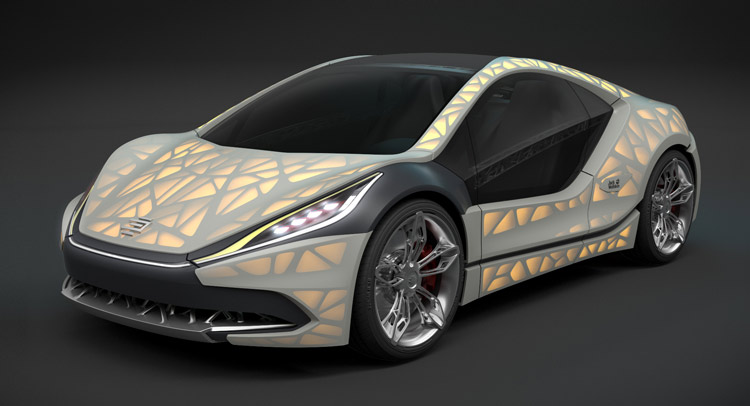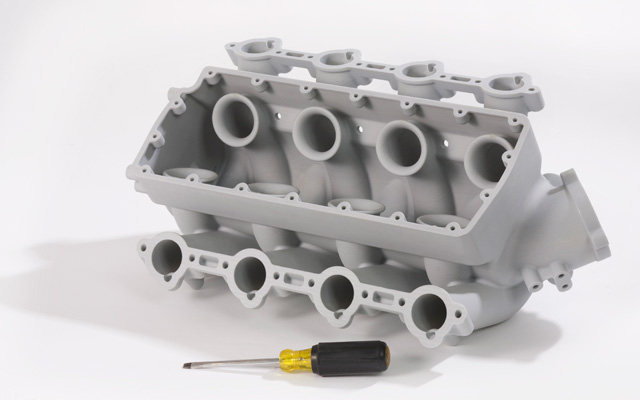A few weeks ago, we reported on a SmarTech report compiled by Senior Analyst Scott Dunham, which saw the compound value of 3D printing technologies and materials in the automotive sector set to grow to $1.1 billion within the next five years. The information in SmarTech’s first release, however, did not include the tech’s current value, so it was not clear what the rate of growth would be, a detail that would give us the full scope of the potential for 3D printing in this field
We, thus, contacted Mr. Dunham who was very kind in providing that and quite a bit more information and the picture for 3D printing in the auto industry is looking even more interesting. SmarTech sees the current business volume of the use of 3D printing in automotive at about $168 million for the hardware technologies and $99 million for materials. Since our original post, the full value for 2019 has also been slightly raised to $1.25 billion. The actual CAGR (compound annual growth rate – that is the average yearly growth) is going to be 24.8%. In fact, that is the foreseen CAGR even beyond 2019, to 2023.
If that sounds like a conservative outlook, just think that the full growth percentage value of 3D printing in the auto industry from 2014 to 2019 is +468%. This means that the market is going to almost quintuple – from $267 million to $1.25 billion – in just five years.
“What’s most interesting to me, and also unique about automotive amongst automotive when compared to other popular 3D printing markets,” Mr Dunham told us, “is the combination of high print volumes – with several hundred thousand parts being printed in automotive per year – combined with the evolution towards higher value applications.”
The point, says Dunham, is that although the use of 3D printing in automotive is mostly in prototyping today, that kind of prototyping is changing towards functional prototypes that can be used in test engines and concept cars. “These kinds of parts not only are higher value parts, but they also go a long way in proving to automotive industry professionals that additive manufacturing can be the ‘real deal’. That’s the biggest challenge right now,” Dunham concludes.




